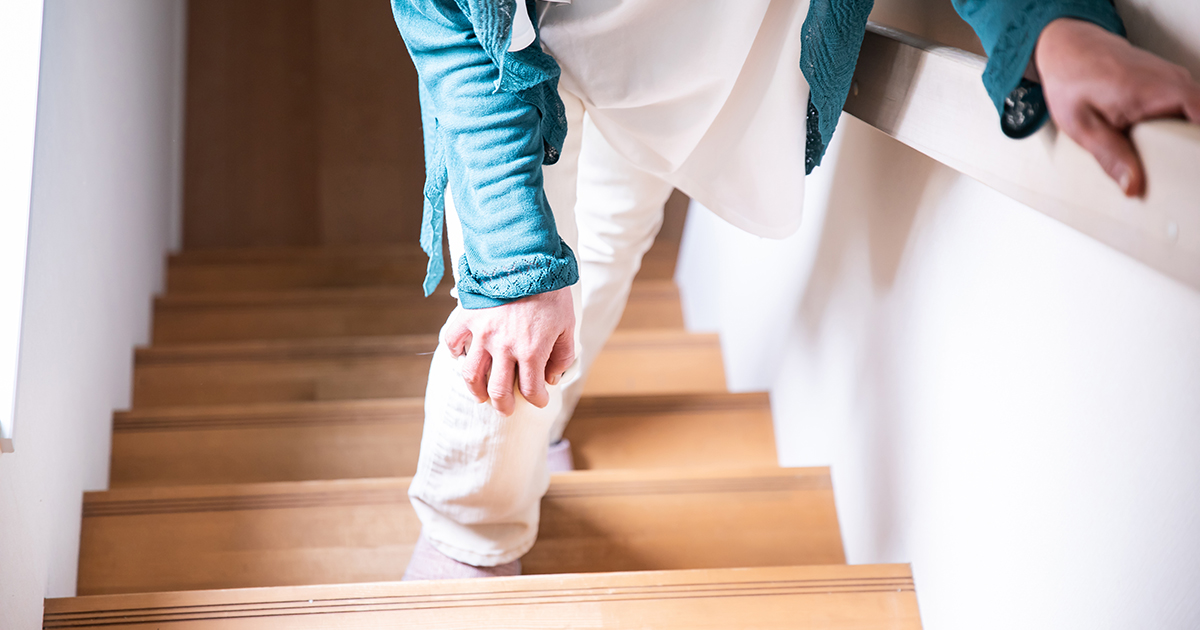
When we fall as kids, we’re told to pick ourselves up and start over again. As we grow older, the issues around falling turn darker. Many older adults grow fearful, seeing scary ads for alarms to engage if we fall and can’t get up. If people knew all the facts, they’d be even more concerned.
Every year more older Americans fall, and while many of these incidents are soon forgotten, others are severe, even fatal. Falls are the leading cause of injury-related deaths among older people.
Osteoporotic poor bone health is often the culprit, with fractures generating more hospitalizations than heart attacks, strokes and cancer combined. According to Claire Gill, CEO of the Bone Health & Osteoporosis Foundation, 54 million Americans have low bone mass.
“Studies suggest that approximately one in two women and one in four men age fifty and older will break a bone due to osteoporosis,” Gill said.
9 Steps to Take to Minimize Risk Factors
Take a close look around your home, where more than half of all falls take place. Falling is not normal and it’s not something to expect as we grow older.
Here are 9 steps we can take to minimize the risk.
Step 1: Eliminate clutter, throw rugs and poor lighting. If you need to get out of bed at night, turn on a light and move slowly.
Step 2: Add grab bars in the bathroom.
Step 3: Make sure handrails are easily accessible for any stairs. When facing stairs anywhere, always use handrails, no matter how few steps are involved.
Step 4: Strengthen your hands. Try using a power ball or a grip strengthener.
Step 5: Check balance issues. An appointment with a qualified neurologist may be required.
Step 6: Check your vision. A new eyeglass prescription can be a lifesaver.
Step 7: Check your footwear. Look for shoes that provide enough support.
Step 8: Eat a Mediterranean-like diet rich in olive oil, fish and nuts and including supplementary vitamin D3.
Step 9: Add physical exercise to your routine. Walking on a regular basis has profound health benefits and “physical activity can reduce morbidity and mortality,” according to a recent study in The Lancet medical journal.
Familiarity with Falling
When I mentioned working on an article about falling, people shared their familiarity with the subject. One told of a 50-year-old man who fell accidentally and did not survive. Another mentioned a woman who fell several times, went to rehab each time, finally fell and hit her head and did not survive.
This article is republished with permission from nextavenue.org. Read the original article.